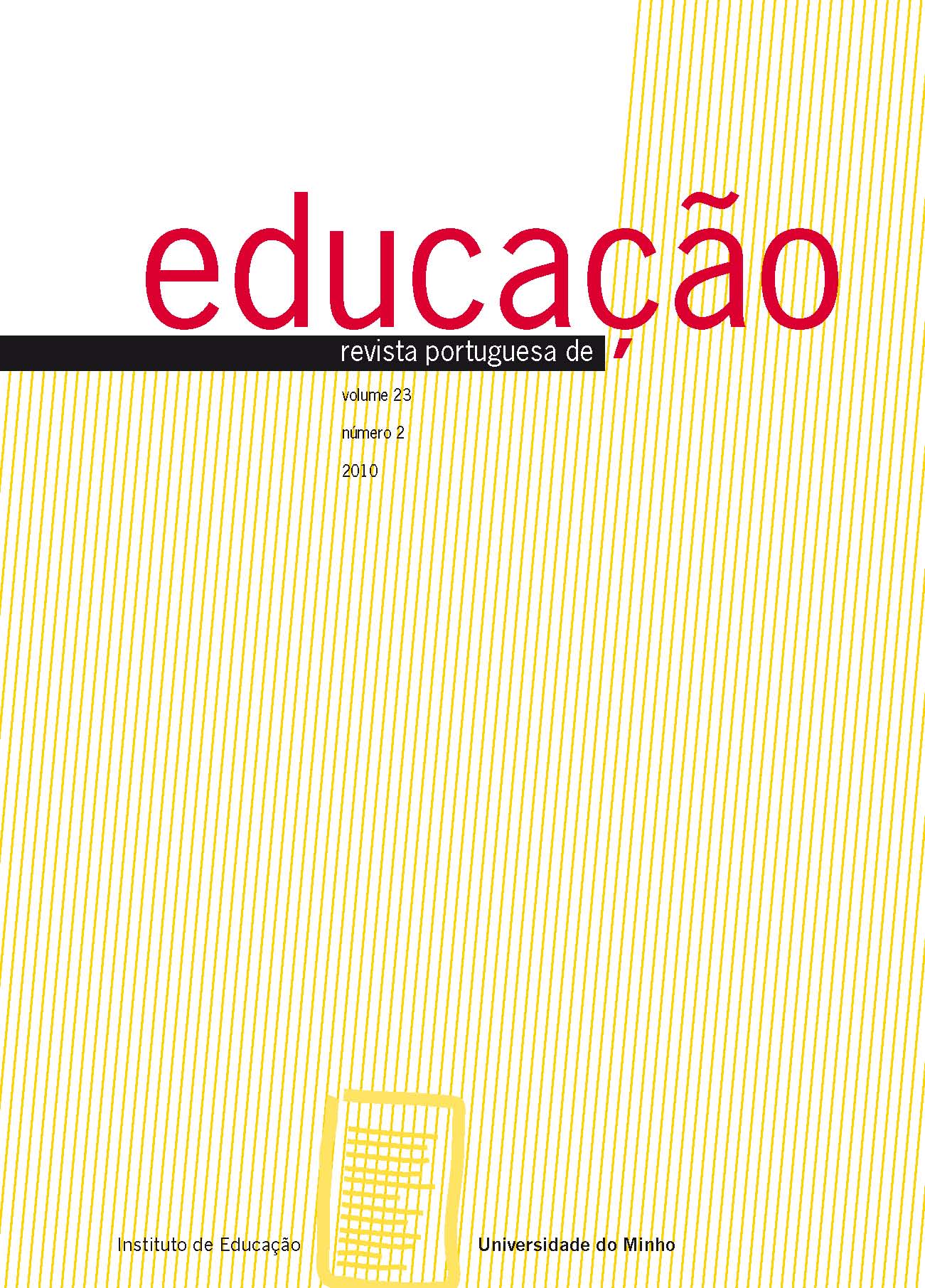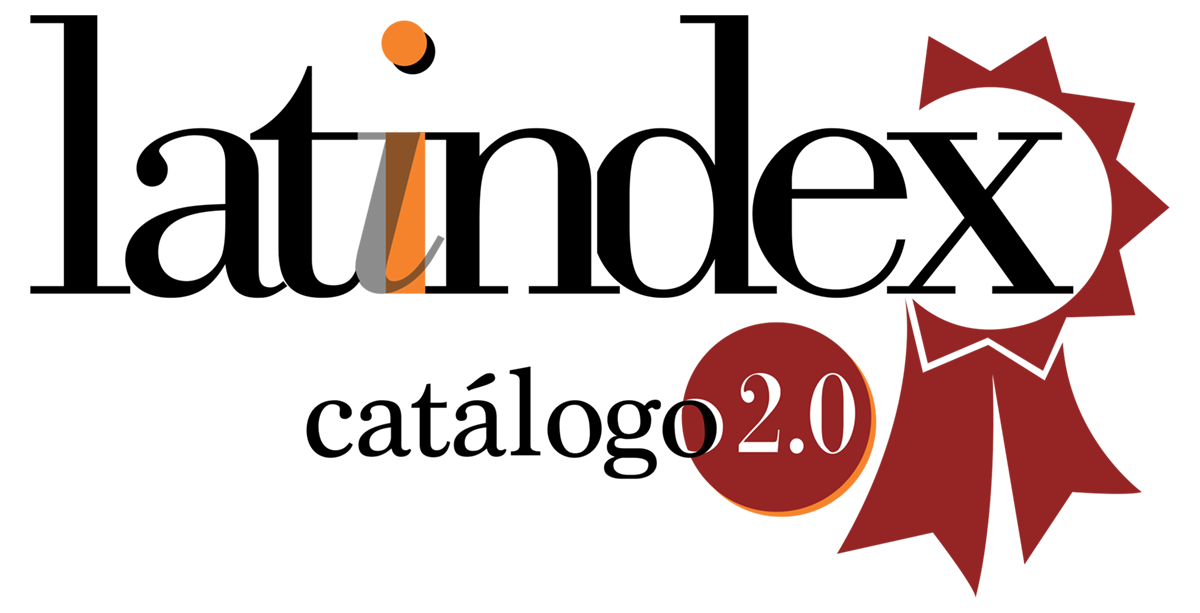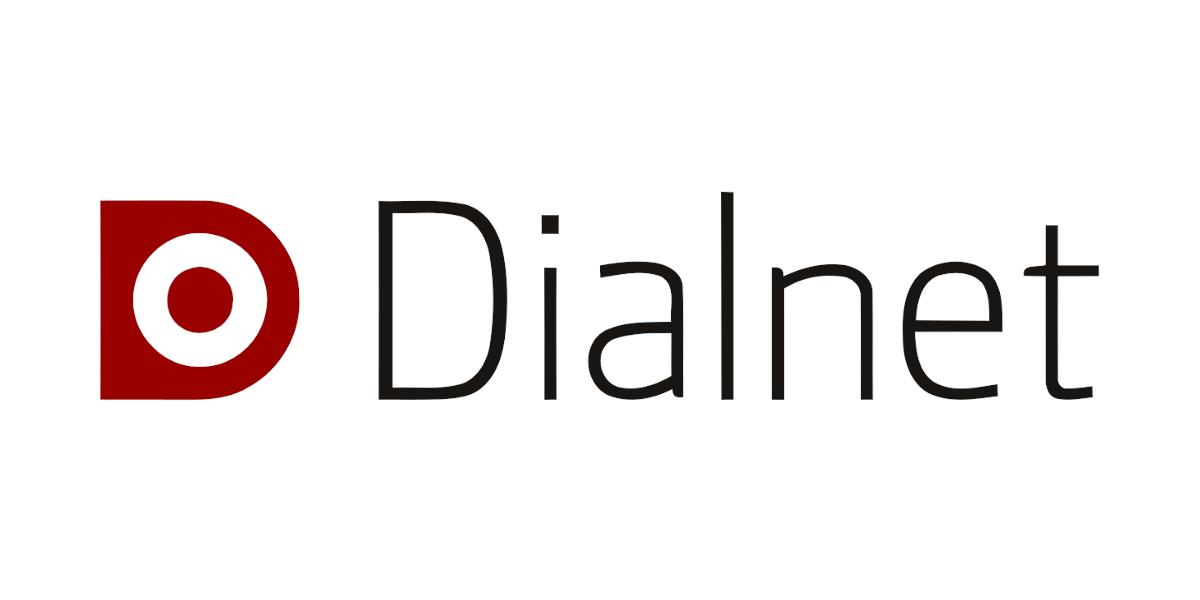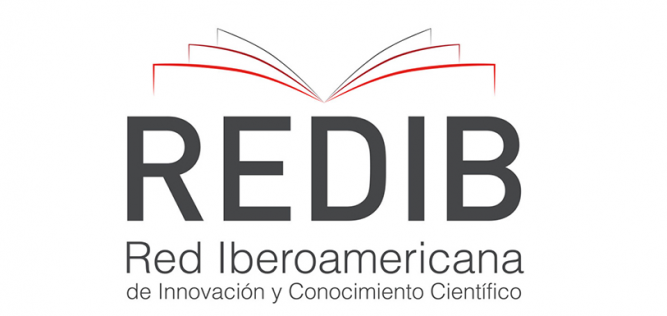"Transversalidad" de la transversalidad. Análisis de una estrategia didáctica aplicada a la educación para la sostenibilidad
DOI:
https://doi.org/10.21814/rpe.13994Abstract
Al comprar, tanto sencillos productos de primera necesidad como artículos de lujo, estamos, en la mayoría de los casos, tomando decisiones que afectan a la calidad ambiental del planeta. Pero son pocas las personas que conocen la relación entre nuestros hábitos cotidianos y la actual crisis ambiental global. Así, aunque muchas personas están concienciadas para actuar sosteniblemente, no saben cómo hacerlo la mayoría de las veces. Por ello, es imprescindible que se les de a los ciudadanos – consumidores – una información adecuada y se les capacite para actuar sosteniblemente y, en ello, dos áreas transversales, la Educación Ambiental y la Educación para el Consumo juegan un papel fundamental. De acuerdo con ello, se presenta una estrategia didáctica que, desde la "transversalidad" de la transversalidad, pretende concienciar y capacitar hacia un consumo responsable y sostenible, de la cual se muestran, además, los resultados obtenidos tras su aplicación en alumnos de educación secundaria (14-16 años).
Palabras clave: Transversalidad; Estrategia didáctica; Sostenibilidad
Downloads
Downloads
Published
How to Cite
Issue
Section
License
1. The authors preserve their authorship and grant the Portuguese Journal of Education the right to the first publication. The work is licensed under Creative Commons Attribution License that allows sharing the work with the acknowledgment of initial authorship and publication in this Journal.
2. The authors have the right to take additional contracts separately, for non-exclusive distribution of the published version of their work (e.g. to deposit in an institutional repository or as a book chapter), acknowledging the initial authorship and publication in this Journal.
3. The authors have the permission and are stimulated to post their work online (e.g. in an institutional repository or on their personal website). They can do this at any phase of the editorial process, as it may generate productive changes, as well as increase impact and article citation (see The Open Citation Project).
The work is licensed under Attribution-ShareAlike 4.0 International (CC BY-SA 4.0)



















